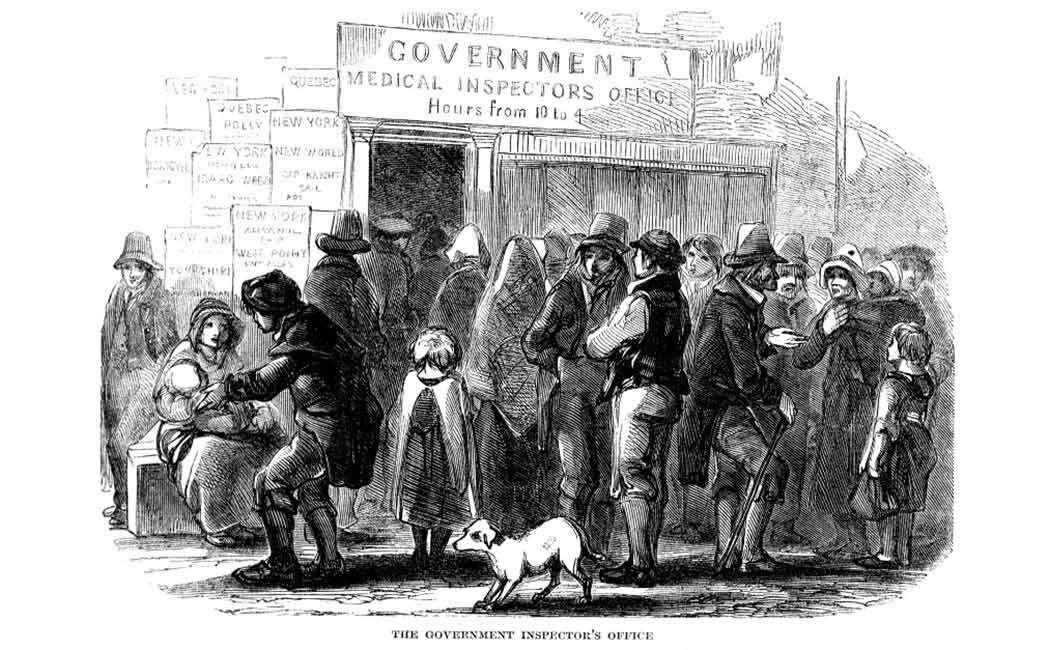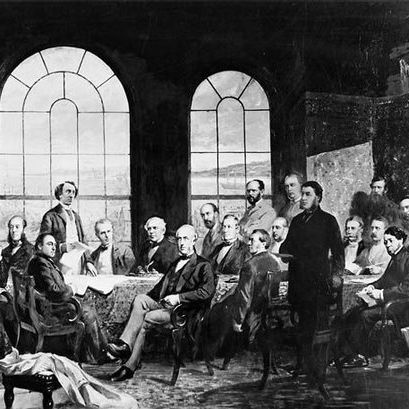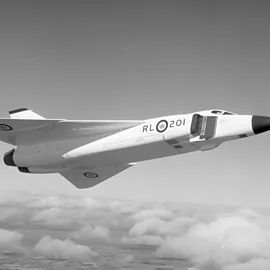It is #IrishHeritageMonth and this is the story of the Irish Famine Immigrants in Toronto!
In 1847, Toronto had a population of 20,000 people but between May and October of that year, it saw the influx of 38,560 Irish immigrants, fleeing the Irish Famine.
🧵1/5
In 1847, Toronto had a population of 20,000 people but between May and October of that year, it saw the influx of 38,560 Irish immigrants, fleeing the Irish Famine.
🧵1/5

The immigrants had travelled on overcrowded ships across the ocean, with the goal of settling on land in Canada West.
Unfortunately, many were sick with typhus.
Bishop Michael Power tended to the immigrants before he died of typhus on Oct. 1, 1847 at the age of 42.
🧵2/5
Unfortunately, many were sick with typhus.
Bishop Michael Power tended to the immigrants before he died of typhus on Oct. 1, 1847 at the age of 42.
🧵2/5

Knowing a huge influx of immigrants was arriving, Toronto created its first board of public health in February 1847.
The board built a dozen sheds for immigrants suffering from typhus, located on the corner of King and John Street.
🧵3/5
The board built a dozen sheds for immigrants suffering from typhus, located on the corner of King and John Street.
🧵3/5

By the end of 1847, 1,186 of the immigrants had died, with 1,100 buried in a mass grave by St. Paul's Basilica at Queen St E. & Power Street.
Despite the influx of people, by 1848 most of the Irish immigrants had moved on beyond Toronto to find family, land & work.
🧵4/5
Despite the influx of people, by 1848 most of the Irish immigrants had moved on beyond Toronto to find family, land & work.
🧵4/5

It is believed only 781 of the Irish Famine immigrants settled in Toronto.
They settled in what became known as Cabbagetown, located near Parliament and Gerrard St. E.
It received that name because the immigrants used their lawns to grow cabbage.
🧵5/5
They settled in what became known as Cabbagetown, located near Parliament and Gerrard St. E.
It received that name because the immigrants used their lawns to grow cabbage.
🧵5/5

• • •
Missing some Tweet in this thread? You can try to
force a refresh





















